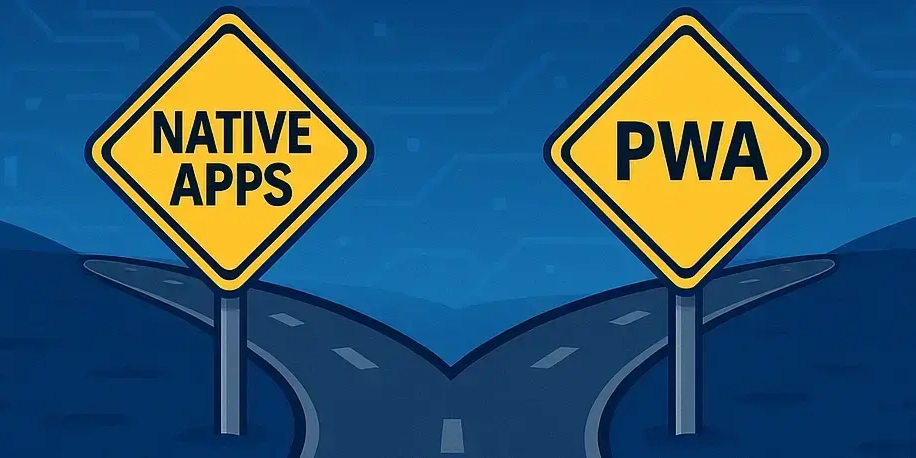Is NFT Really Dead or Just a Phase?
In 2021, NFTs exploded into mainstream consciousness. Digital art pieces sold for millions. Celebrities jumped in. Projects like Bored Ape Yacht Club and CryptoPunks became cultural icons. But fast forward to 2025, and the NFT conversation has drastically quieted. Floor prices have plummeted. Many projects are abandoned. Media headlines proclaim the “death” of NFTs. But are NFTs truly dead—or was the hype just a phase masking a much deeper innovation? Let’s unpack this. The Rise: How NFTs Took Over the Internet The NFT boom was no accident. It was a perfect storm: Pandemic-induced digitization: People were spending more time online and exploring new digital economies. Crypto bull market: With ETH and BTC at all-time highs, liquidity flowed into experimental digital assets. New tools made it easy: Platforms like OpenSea, Rarible, and Metamask lowered the barrier to entry. Cultural explosion: Celebrities, influencers, and even brands launched NFT collections. It felt like a revolution. And for a moment, it was. The Fall: Why the Market Collapsed What goes up quickly, often comes down faster. The fall of NFTs was driven by several issues: Speculation over substance: Many NFTs had no real use case beyond flipping for profit. Rug pulls and scams: Countless low-quality or malicious projects soured public trust. Oversaturation: Everyone was launching an NFT collection, leading to market fatigue. Bear market cycle: As ETH and BTC dropped in value, so did NFTs pegged to them. Regulatory pressure: With governments catching on, fear and uncertainty set in. The world began to ask: “What’s the point of all this?” NFTs Are Not Dead—They’re Evolving While the loudest voices left the space, builders stayed. Today, NFTs are moving away from speculation and towards real utility. The speculative mania is over, but the technology is far from dead. In fact, it's quietly finding real use cases across industries: **1. Gaming **NFTs power in-game assets, skins, land, and characters. Unlike traditional games, players can truly own and trade these assets. Projects like Pixels, Illuvium, and My Pet Hooligan are leading this frontier. **2. Event Ticketing **NFTs eliminate ticket fraud and scalping. Ticketmaster, for example, is experimenting with blockchain-based tickets that prove authenticity and track attendance. **3. Loyalty & Rewards **Brands like Starbucks are leveraging NFTs (Starbucks Odyssey) to engage customers through digital collectibles tied to real rewards. **4. Music & Creator Rights **Artists are minting songs and albums as NFTs—allowing fans to buy ownership stakes and collect royalties. This shifts power back to creators and away from centralized platforms. **5. Digital Identity & Credentials **NFTs are now being used to represent verified achievements, certifications, and even decentralized identities—like POAPs (Proof of Attendance Protocol). Big Brands Still Believe While individual investors might have cooled off, major brands are doubling down: Nike acquired RTFKT Studios to focus on virtual fashion NFTs. Reddit has quietly rolled out millions of NFT avatars for its users. Ubisoft and Square Enix continue investing in NFT-based gaming economies. Adidas, Coca-Cola, and Gucci are experimenting with branded digital goods. This isn’t about hype anymore—it’s about infrastructure and long-term integration. The Future of NFTs: Less Talk, More Utility We’re entering what many call the “infrastructure phase” of NFTs. In this phase, utility outweighs collectibility. Expect to see: NFTs as access passes (to DAOs, events, online communities) Composable assets in gaming Proof-of-experience NFTs (for events, jobs, education) NFTs tied to real-world assets (RWA) like real estate and stocks Just like the internet after the dot-com bubble, the survivors will define the next era. **Conclusion: A Necessary Correction **NFTs are not dead—they’re maturing. The hype phase served its purpose: it got the world’s attention. But now we’re past the noise. We’re in the build phase, where projects are tested for actual value and sustainability. If you believe in digital ownership, decentralized economies, and user-owned platforms—then NFTs are just getting started. So, is NFT dead? No. The dream of quick riches might be. But the technology? It’s just entering the next level.`

In 2021, NFTs exploded into mainstream consciousness. Digital art pieces sold for millions. Celebrities jumped in. Projects like Bored Ape Yacht Club and CryptoPunks became cultural icons. But fast forward to 2025, and the NFT conversation has drastically quieted. Floor prices have plummeted. Many projects are abandoned. Media headlines proclaim the “death” of NFTs.
But are NFTs truly dead—or was the hype just a phase masking a much deeper innovation?
Let’s unpack this.
The Rise: How NFTs Took Over the Internet
The NFT boom was no accident. It was a perfect storm:
- Pandemic-induced digitization: People were spending more time online and exploring new digital economies.
- Crypto bull market: With ETH and BTC at all-time highs, liquidity flowed into experimental digital assets.
- New tools made it easy: Platforms like OpenSea, Rarible, and Metamask lowered the barrier to entry.
- Cultural explosion: Celebrities, influencers, and even brands launched NFT collections. It felt like a revolution.
And for a moment, it was.
The Fall: Why the Market Collapsed
What goes up quickly, often comes down faster. The fall of NFTs was driven by several issues:
- Speculation over substance: Many NFTs had no real use case beyond flipping for profit.
- Rug pulls and scams: Countless low-quality or malicious projects soured public trust.
- Oversaturation: Everyone was launching an NFT collection, leading to market fatigue.
- Bear market cycle: As ETH and BTC dropped in value, so did NFTs pegged to them.
- Regulatory pressure: With governments catching on, fear and uncertainty set in.
The world began to ask: “What’s the point of all this?”
NFTs Are Not Dead—They’re Evolving
While the loudest voices left the space, builders stayed.
Today, NFTs are moving away from speculation and towards real utility. The speculative mania is over, but the technology is far from dead. In fact, it's quietly finding real use cases across industries:
**1. Gaming
**NFTs power in-game assets, skins, land, and characters. Unlike traditional games, players can truly own and trade these assets. Projects like Pixels, Illuvium, and My Pet Hooligan are leading this frontier.
**2. Event Ticketing
**NFTs eliminate ticket fraud and scalping. Ticketmaster, for example, is experimenting with blockchain-based tickets that prove authenticity and track attendance.
**3. Loyalty & Rewards
**Brands like Starbucks are leveraging NFTs (Starbucks Odyssey) to engage customers through digital collectibles tied to real rewards.
**4. Music & Creator Rights
**Artists are minting songs and albums as NFTs—allowing fans to buy ownership stakes and collect royalties. This shifts power back to creators and away from centralized platforms.
**5. Digital Identity & Credentials
**NFTs are now being used to represent verified achievements, certifications, and even decentralized identities—like POAPs (Proof of Attendance Protocol).
Big Brands Still Believe
While individual investors might have cooled off, major brands are doubling down:
- Nike acquired RTFKT Studios to focus on virtual fashion NFTs.
- Reddit has quietly rolled out millions of NFT avatars for its users.
- Ubisoft and Square Enix continue investing in NFT-based gaming economies.
- Adidas, Coca-Cola, and Gucci are experimenting with branded digital goods.
This isn’t about hype anymore—it’s about infrastructure and long-term integration.
The Future of NFTs: Less Talk, More Utility
We’re entering what many call the “infrastructure phase” of NFTs. In this phase, utility outweighs collectibility. Expect to see:
- NFTs as access passes (to DAOs, events, online communities)
- Composable assets in gaming
- Proof-of-experience NFTs (for events, jobs, education)
- NFTs tied to real-world assets (RWA) like real estate and stocks
Just like the internet after the dot-com bubble, the survivors will define the next era.
**Conclusion: A Necessary Correction
**NFTs are not dead—they’re maturing.
The hype phase served its purpose: it got the world’s attention. But now we’re past the noise. We’re in the build phase, where projects are tested for actual value and sustainability.
If you believe in digital ownership, decentralized economies, and user-owned platforms—then NFTs are just getting started.
So, is NFT dead?
No. The dream of quick riches might be.
But the technology? It’s just entering the next level.`




























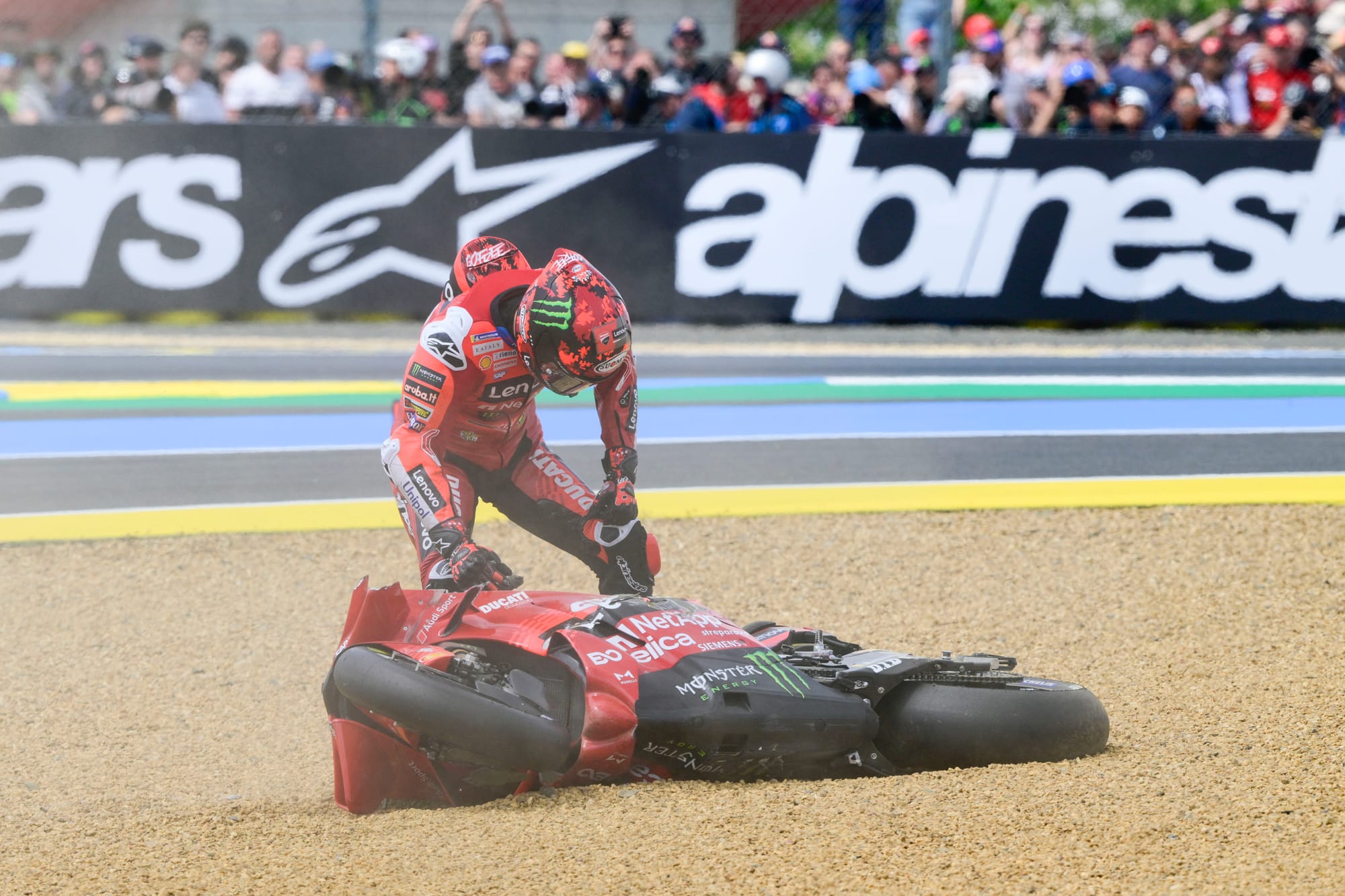






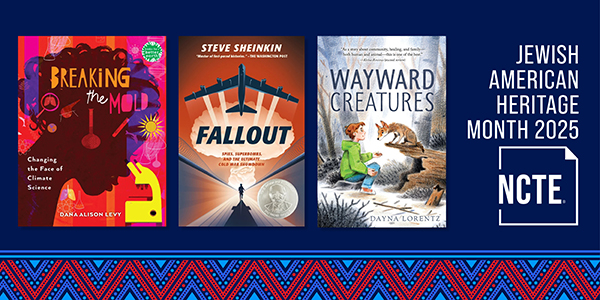



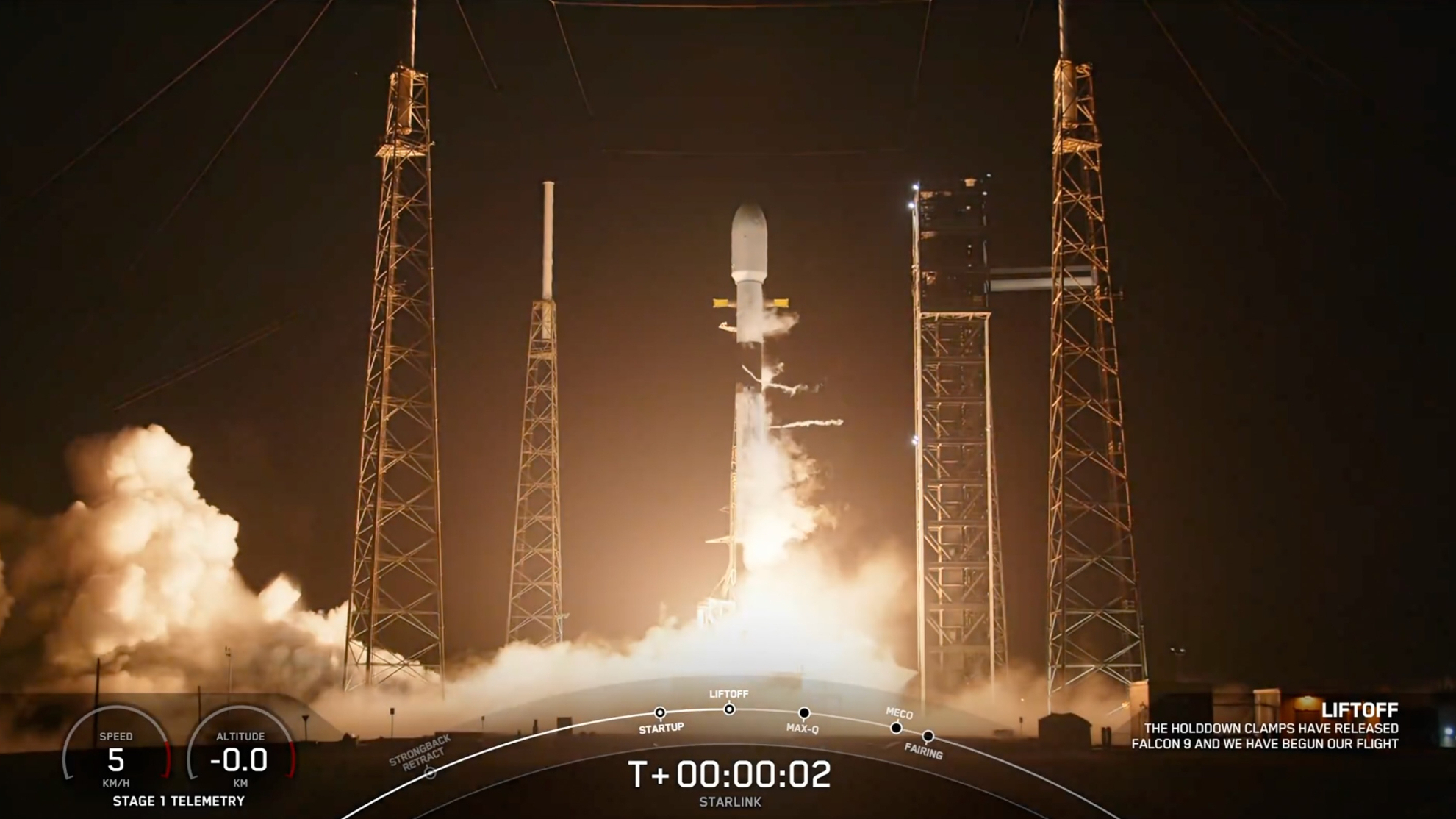
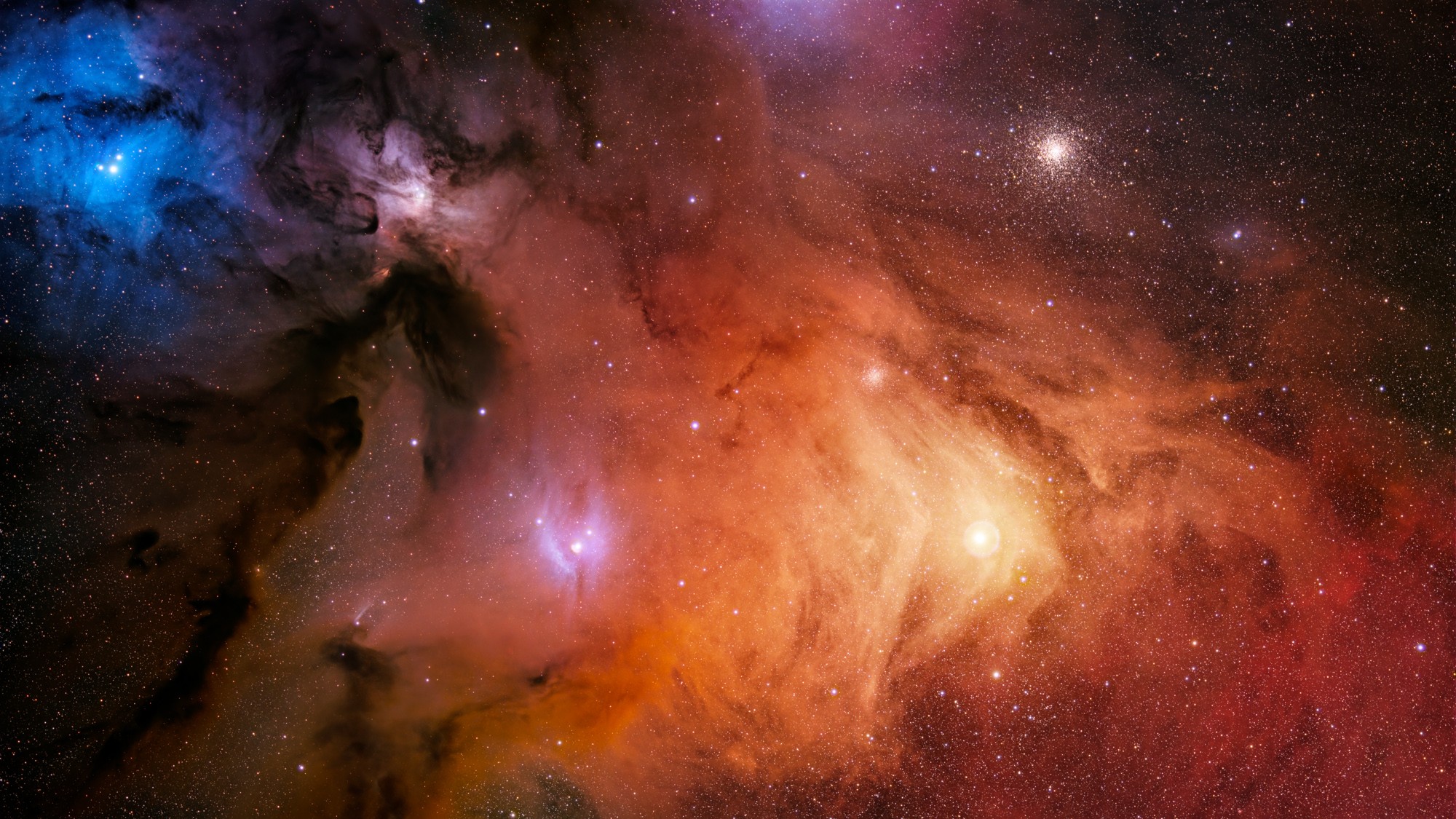





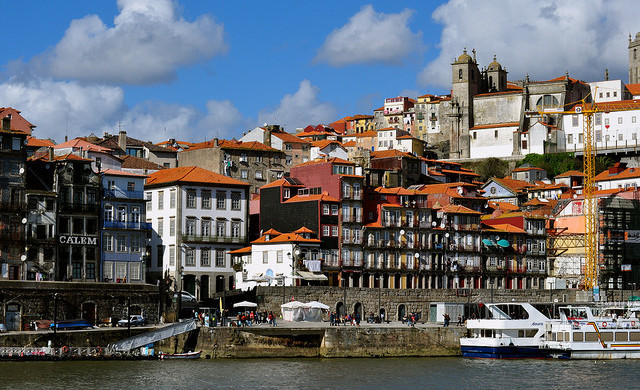

























![[FREE EBOOKS] Offensive Security Using Python, Learn Computer Forensics — 2nd edition & Four More Best Selling Titles](https://www.javacodegeeks.com/wp-content/uploads/2012/12/jcg-logo.jpg)
